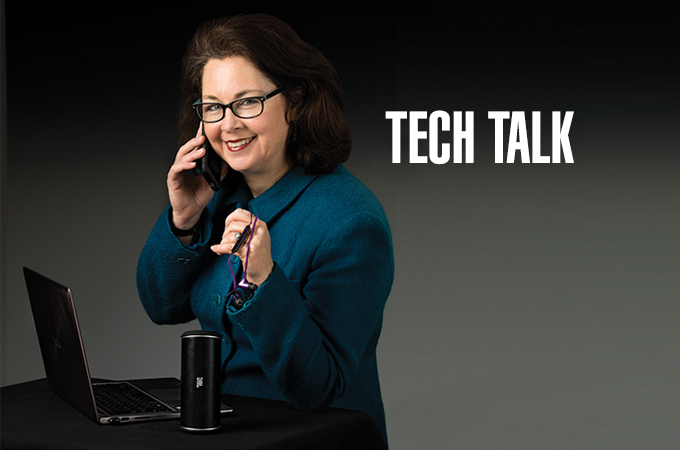We recently purchased a new dishwasher, and when my husband told me it was a ‘smart’ model, I was thrilled. Did that mean it could load and unload by itself? Would it automatically start when it detected there were enough dishes? Could it tell me if the dishes inside were clean or dirty? Unfortunately, it can’t do any of those things, but for those who love gadgets, a smart appliance is high on their wish list.
According to Wikipedia, in 2000, LG was the first company to sell an appliance (a refrigerator) that connected to the Internet. Nineteen years later, thousands of appliances have this ability, but most people really don’t understand how they work—nor do they understand the risk.
So, how do they work? Smart appliances have sensors or tiny devices that collect data to share with another computer or device. To communicate, the sensors connect to a network, typically the Internet through Wi-Fi. You can access the data collected from your appliance via a website or an app on your phone.
There are so many things people love about having a smart home. A friend of mine has a smart toaster, and she was telling me all of the cool designs she can create on her toast. If you sync your dishwasher to your Amazon account, it will keep track of how many times you run it and automatically reorder pods when needed. Smart refrigerators can create a grocery list, and you can control their thermostats remotely. These are only a few examples of what your appliances can do. As with everything else, though, there are risks.
If you are connecting smart appliances to your home’s Internet, do the following to keep your network and device secure:
▶ Give your router and Wi-Fi device a unique, personal name. If they are still called TP-Link or ATTxxx, then you should rename them.
▶If you are still using the password and network username from installation, change them to something unique and not used anywhere else.
▶ Do not connect your appliance if you aren’t going to use the technology. You’ll eliminate the risk of a hacker using it to send malicious emails or attacks on other computers.
▶ Don’t rely on the device’s default security settings. They generally are set to share more than you might want.
As someone who loves new gadgets and how technology is used in our everyday lives, I still am concerned about the security of these appliances. Do your research, and find out what you are comfortable with!
Sheila Burkett is an information technology expert and CEO of Spry Digital, an interactive design agency delivering smart digital solutions. Follow Spry Digital on Twitter (@Sprydigital), Facebook (facebook.com/sprydigital), Instagram (@Sprydigital) or LinkedIn (linkedin.com/company/spry-digital-llc).
